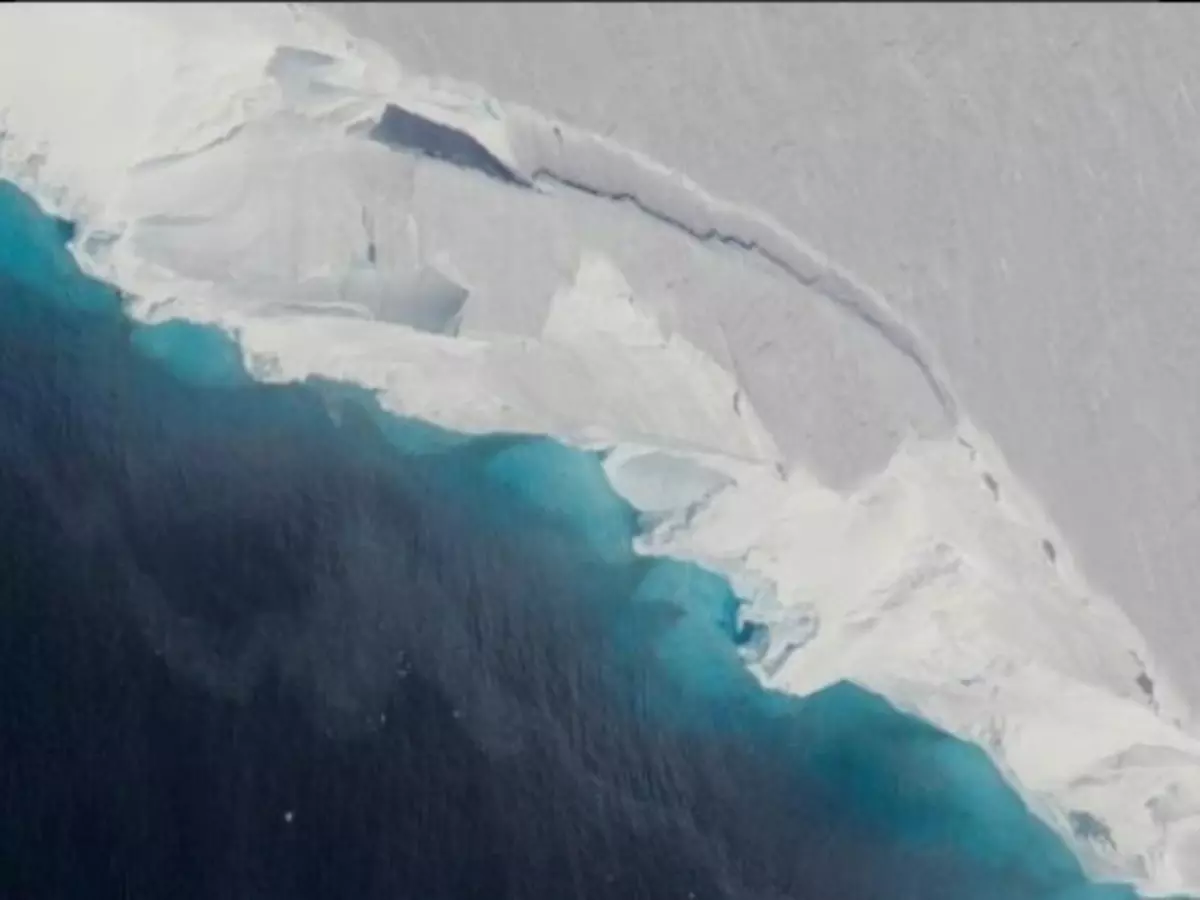A Giant 1000 Ft Deep Hole In An Antarctic Glacier Shows How Scarily Fast Ice Is Melting
In the past three to four decades the ice loss in Antarcticahas increased incredibly and the effects of it are too visible to ignore. More recently scientists at NASA found ahole the size of two-thirds of Manhattan and 1000 feet deep in a glacier in Antarctica. Its big enough to have contained 14 billion tons of ice and most of it melted over the last 3 years.

In the past three to four decades, the ice loss in Antarctica has increased incredibly and the effects of it are too visible to ignore. According to this report, from 1979 through 1990, the frozen continent was shedding ice at a rate of 40 billion tonnes per year.

Reuters
Things look bleaker for the future because global warming is wreaking havoc on our planet and the repercussions are a little too obvious now. More recently, scientists at NASA found a hole the size of two-thirds of Manhattan and 1,000 feet deep in a glacier in Antarctica.
Beneath West Antarctica's Thwaites Glacier, @NASAJPL researchers found signs of rapid disintegration: a cavity 2/3 the area of Manhattan. It's big enough to have contained 14 billion tons of ice, and most of it melted over the last 3 years. More science: https://t.co/NaraA7amKi pic.twitter.com/Nknxb5l5dc
¡ª NASA (@NASA) 31 January 2019
The giant cavity is growing at the bottom of Thwaites Glacier in West Antarctica, according to a NASA-led study.
"The size of a cavity under a glacier plays an important role in melting," lead author Pietro Milillo said. "As more heat and water get under the glacier, it melts faster."
"There's no way to monitor Antarctic glaciers from ground level over the long term. Instead, scientists use satellite or airborne instrument data to observe features that change as a glacier melts, such as its flow speed and surface height."
Thwaites Glacier is about the size of Florida and is currently responsible for about 4 per cent of global sea level rise, according to NASA
'It holds enough ice to raise the world ocean a little over 2 feet and backstops neighbouring glaciers that would raise seas levels an additional 8 feet if all ice were lost', NASA said in a press release.
ALSO READ: This Little Submarine Robot Gives Us A Rare Glimpse Into The Life Under Antartica's Ice Sheet
